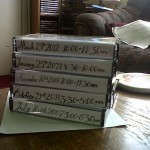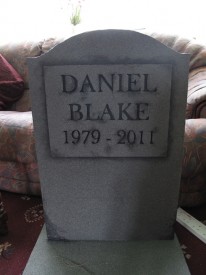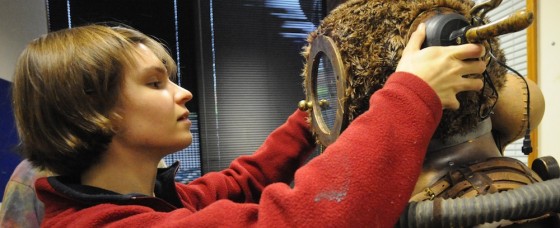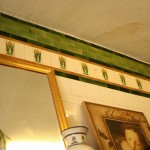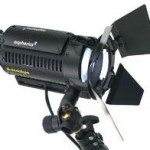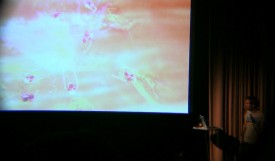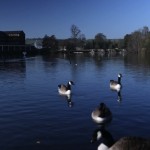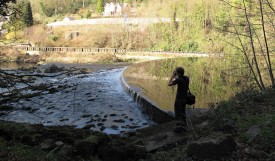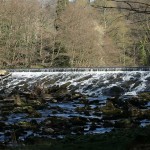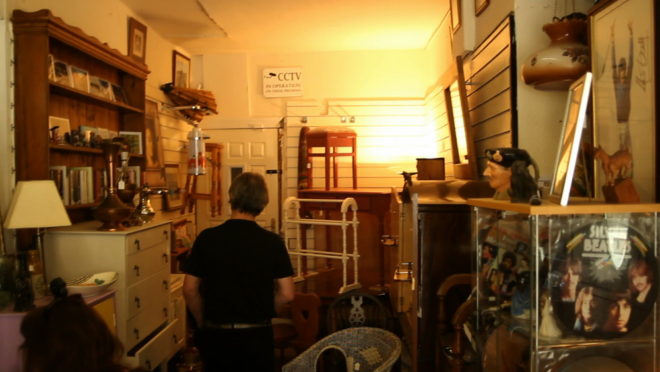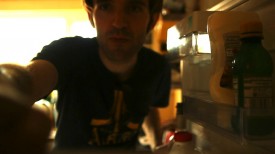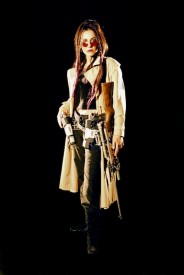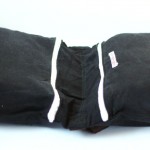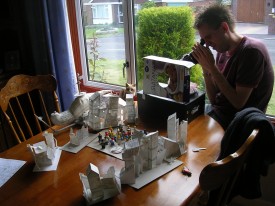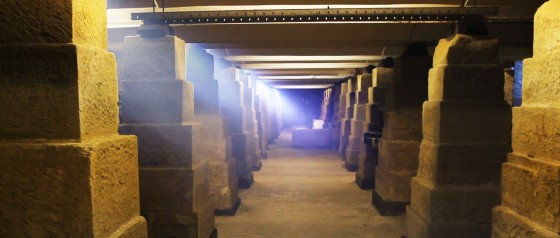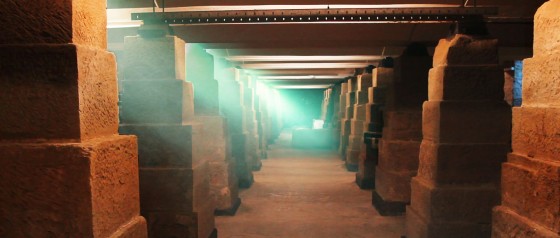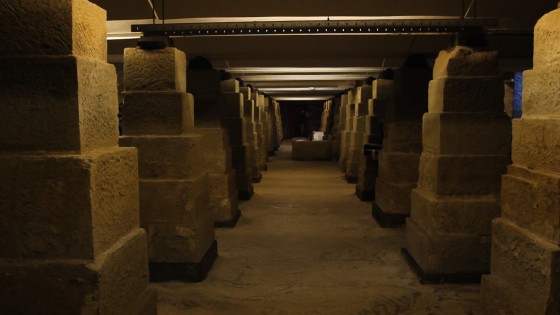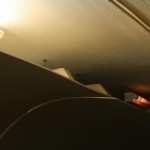
Quite a manic, stressful week….
Tuesday afternoon’s auditions were enjoyable, but unfortunately I didn’t find anyone who was quite right for either of the roles. The threat of having to postpone the shoot started lurking around again. This is something I really wanted to avoid, because I didn’t want to mess everyone around again. And indeed we have avoided it, as I will shortly explain. (Just to be absolutely clear for any cast and crew who are reading, we are NOT postponing the shoot.)
On Wednesday I travelled to Birmingham for the final fundraising lecture. A small but interested audience listened to my ramblings and placed coinage in the sacred flashing bucket at the end of the night. Thanks to Ort Cafe for hosting the event, and to Brendan O’Neill for hosting me overnight.
Sophie and Therese (who’s playing Alice, the shopkeeper) put me in touch with some other possible actors and I met a couple in Birmingham on Thursday morning. Sophie also decided to try calling a more established actress to see if she was interested in the role…
…and she was, so I’m pleased to announce the casting of Georgina Sherrington, best known as the eponymous Worst Witch in ITV’s late nineties children’s TV series. I look forward to working with her.
As casting has been the main theme of my week, I thought I’d dedicate the rest of this post to answering the question: what am I looking for in an audition? Someone that will make my job as easy as possible. It sounds incredibly lazy now I’ve just written it, but it’s true.
Assuming a person is a competent actor with decent range, with some rehearsal time you should be able to mould them into any character. But rehearsal time is something you often don’t have on a micro-budget short, and you certainly haven’t got time to do a lot of experimenting with the actors on set. So if only for practical reasons, you want to cast someone who requires minimal direction.

I also tend to find that people who have the right look for a role are more likely to have the right personality and thus require less direction too.
Intelligence is also part of it. I always look very favourably on actors whose audition readings show they have fully understood the words they are saying. For example, when casting the lead role in Soul Searcher, there was a line in the audition sides that went: “I could count them all on the fingers of one hand.” Ray Bullock Jnr, who got the part, was the only auditionee who held up his hand when reading that line. A small thing, you might say, but I say it’s very telling.
Similarly, when Benedict Cumberbatch auditioned for Max in The Dark Side of the Earth‘s pilot, he was the only actor who read the word “galley” (meaning a kitchen on a ship) correctly, instead of assuming it was a typo for “gallery” like everyone else.
There are other things I’m looking for too, like screen presence, charisma (if appropriate, and it usually is in some form or another) and a personality that will be pleasant to work with, but essentially the ideal actor is the one who requires the least guidance to portray the character in my head and imbue the dialogue with the meaning I intended.
